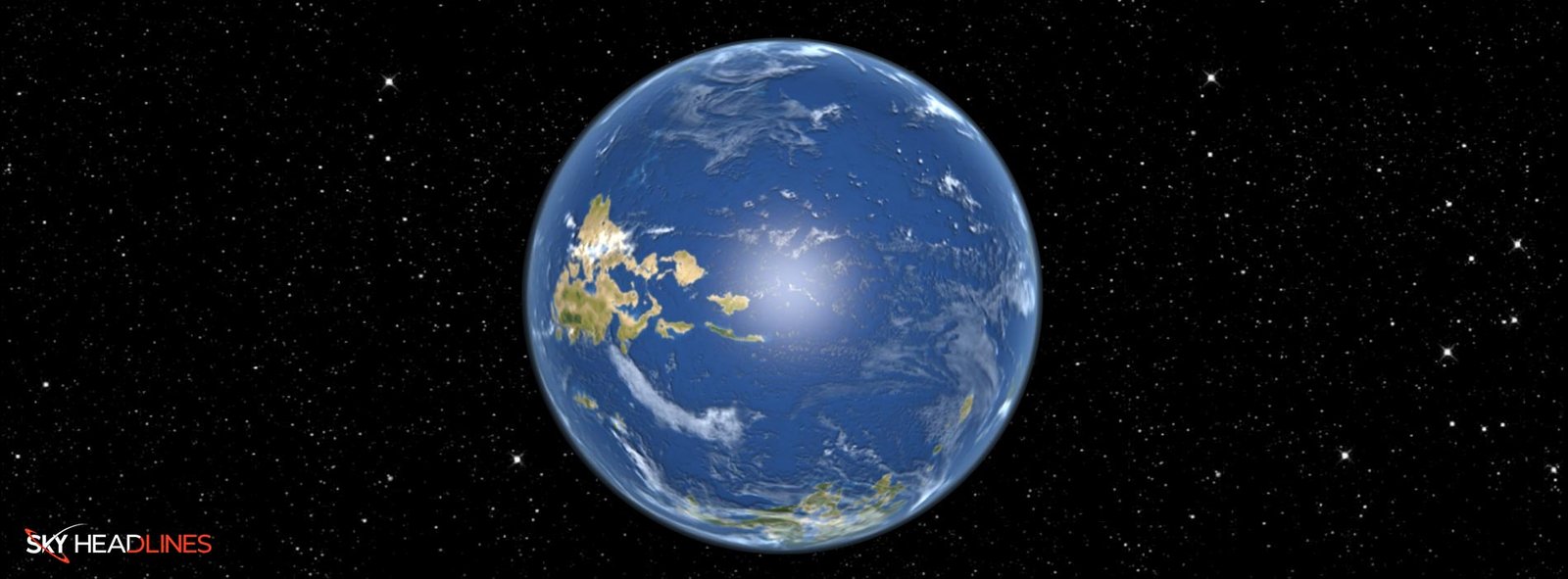Koi 4878 is one of the most similar exoplanets to the Earth. It was primarily detected by Kepler’s mission. So, let’s have a look at some of the significant features of this planet, and uncover why this planet is most intrigued by the scientists.
It is located around 1075 light years away from Earth. This planet is quite similar to Earth, with a 98% Earth Similarity Index rating if confirmed. It takes about 449 Earth days for KOI-4878.01 to complete one orbit around its star, and it’s likely in the star’s habitable zone.
High Earth Similarity to the Earth:
KOI-4878.01 stands out with a remarkable Earth Similarity Index of 98%, the highest ever recorded. While its characteristics closely resemble those of Earth, it’s important to note that its status as an Earth analog remains unconfirmed. The planet completes a full orbit around its host star every 449 Earth days. This star, an F-type main-sequence star, is slightly larger (about 5%) than our Sun and has a temperature of roughly 6031 K. Nevertheless, it’s worth mentioning that a high Earth Similarity Index doesn’t guarantee habitability.
Koi-4878.01 Temperature:
Its mass falls within the range of 0.4 to 3.0 Earth masses, with a probable estimate of around 0.99 Earth masses. The planet has a slightly larger radius (1.04) and maintains an equilibrium temperature of 256 K (-16.5 °C; 2.3 °F), remarkably close to Earth’s equilibrium temperature of 255 K (-18 °C; -1 °F). If its atmosphere resembles Earth’s, KOI-4878.01 would likely experience an average surface of 291 K (17.85°C; 64.13 °F), slightly warmer than Earth’s average.
Comparison with Earth (Quick Facts, Highlighting Exoplanet’s)
- Orbital period 449.01499
- Mass ~0.99
- Radius 1.04
- Semi-major axis 1.12 AU
- Equilibrium temperature 256 K (-16.5 °C; 2.3 °F)
The Detection of Koi 4878 Through Kepler Mission:
Before the Kepler mission began, there was optimism about identifying a few potential Earth-like planets. However, during its primary mission from May 2009 to May 2013, Kepler discovered a total of 2,345 confirmed exoplanets (and the count continues), but none of them could be classified as true Earth analogs. Most of the planets Kepler found during its primary mission were larger and had short orbits around stars smaller than our Sun. These types of planets are not only more common than Earth-like ones but are also easier to detect.
The closest Kepler came to Earth-like discoveries were Kepler 186f and Kepler 442b. Regrettably, these planets are somewhat larger than Earth, rotate slowly or are tidally locked, and orbit dim M and K type stars, respectively. While they might have habitable conditions, they don’t closely resemble Earth.
The Prior Names of Koi 4878 in the Initial Stages of its Discovery:
The Kepler Input Catalog (KIC) included KOI-4878 and designated it as KIC-11804437 when selecting the star field for observation. Researchers estimated KOI-4878 to possess an effective temperature of approximately 6031 K, making it hotter than the Sun. This temperature classification classifies it as a late F-type star. They calculated its radius to be about 1.068 times that of the Sun, and its mass was roughly equivalent to 0.972 times that of the Sun. These parameters resulted in an estimated luminosity approximately 1.35 times that of the Sun, and scientists estimated the star to be situated at a distance of around 1,200 light years away.
Calculation of Effective Stellar Flux:
By integrating the results from Kepler’s analysis with the KIC’s host star property estimates, it becomes possible to deduce the characteristics of KOI-4878.01. Assuming the orbital period equals the time between transits, the semimajor axis of KOI-4878.01’s orbit would be approximately 1.137 +0.053/-0.040 astronomical units (AU), with the uncertainty primarily driven by the host star’s mass uncertainty.
When we combine this value with the estimated brightness of KOI-4878, we calculate that the effective stellar flux received by this planet candidate (Seff) is strikingly similar to Earth’s at 1.05, making it very Earth-like in this aspect. Considering the depth of the transit and KOI-4878’s estimated size, the exoplanet would likely have a radius around 1.04 +0.38/-0.14 times that of Earth.
How is KOI-4878.01 compared to Earth?
KOI-4878.01 holds a remarkable Earth Similarity Index of 98%, marking it as the most Earth-like exoplanet discovered to date.
Is Koi 5715.01 real?
The planet KOI 5715.01, is among a select group of 24 ‘superhabitable’ planets within our galaxy. The astronomers have pinpointed as potentially more suitable for life as we understand it compared to Earth.
What is the closest habitable planet to Earth?
The closest extrasolar planets to Earth are Proxima Centauri b, c, and d, all situated at a distance of 4.22 light years away. Among them, Proxima b is the nearest potentially habitable planet to Earth.
Is KOI-4878 real?
KOI-4878.01, an exoplanet candidate, revolves around the F-type main-sequence star KOI-4878. If its existence is verified, it would stand as one of the most Earth-like planets ever discovered.
Can we live on koi planet?
KOI-314c exhibits an exceptionally low density when compared to Earth, being just 30 percent denser than water. Consequently, its surface would not support walking, and it is far too hot for human habitation.
What’s Next?
Future observations of KOI-4878 will assist astronomers in refining its characteristics. However, confirming KOI-4878.01 as a planet would greatly benefit from additional transit observations. Unfortunately, ground observatories are unlikely to obtain the necessary data with the required precision. It is due to the relatively small brightness change of just 94 ppm during a 13-hour transit.
While NASA’s Hubble could potentially provide the needed data, making a case for observing KOI-4878. It is among the thousands of challenging Kepler planet candidates. Because these telescopes are in high demand for various astronomical tasks!





